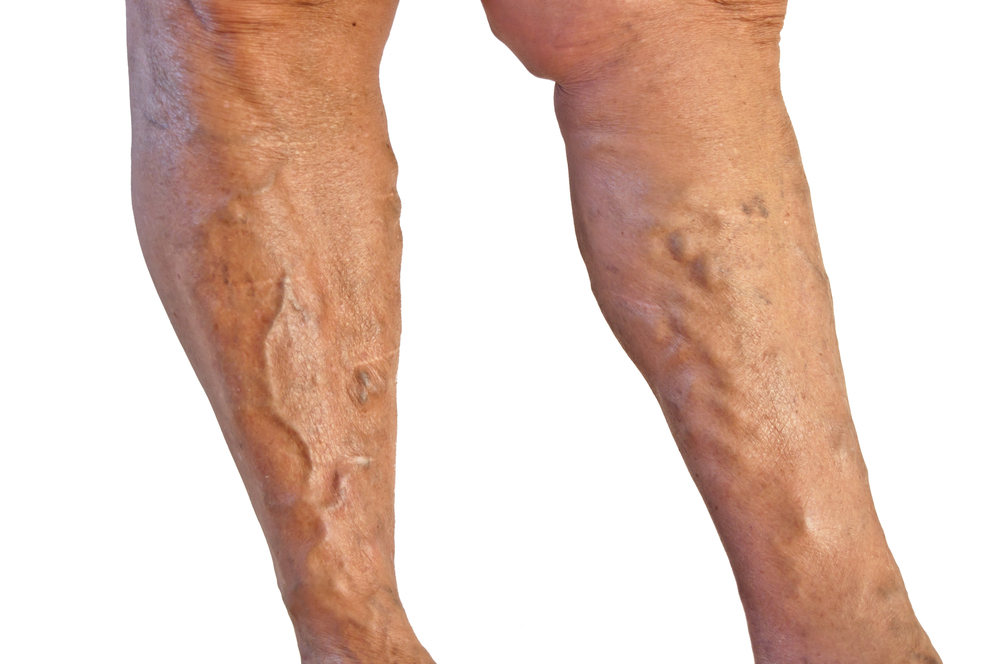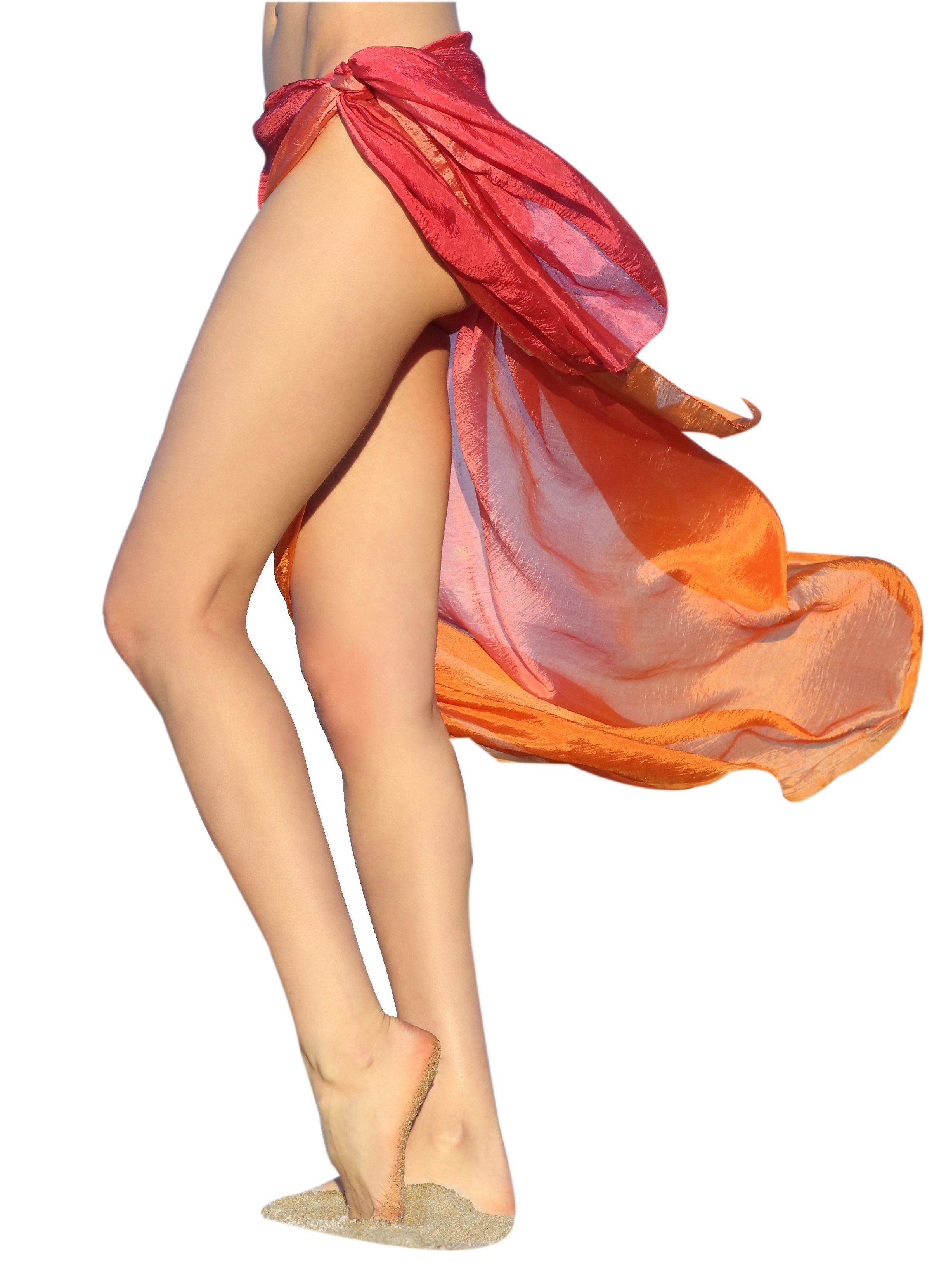Varicose Veins
What are Varicose Veins?
 Varicose veins are large, bulbous protrusions of the veins beneath the skin of the entire leg, particularly the lower leg. These veins were once healthy veins but have been damaged and became incompetent due to several reasons.
Varicose veins are large, bulbous protrusions of the veins beneath the skin of the entire leg, particularly the lower leg. These veins were once healthy veins but have been damaged and became incompetent due to several reasons.
How are they formed?
The venous system which brings back unoxygenated blood back to the heart contains valves which help propel blood upwards to the direction of the heart. These valves may weaken, consequently becoming not functional due to overstretching of the veins.  Because of excess venous pressure lasting for weeks or months, the overstretched veins increase their diameter, however the valve leaflets do not increase in size. As a result, there is only a partial closing of the leaflets of the valves, and blood leaks or backflows downwards. The failure of the venous system in the lower extremities cause the blood to pool on these areas, greatly increasing the pressure on these veins. In the long run, the valves are destroyed completely, and the person develops varicose veins.
Because of excess venous pressure lasting for weeks or months, the overstretched veins increase their diameter, however the valve leaflets do not increase in size. As a result, there is only a partial closing of the leaflets of the valves, and blood leaks or backflows downwards. The failure of the venous system in the lower extremities cause the blood to pool on these areas, greatly increasing the pressure on these veins. In the long run, the valves are destroyed completely, and the person develops varicose veins.
What are the symptoms and where did I possibly acquire it?
Commonly experienced by people who have varicose veins are aching, heavy legs exacerbated after long hours of standing or sitting cross-legged. Pain that manifests like that of muscle cramps may be felt too. Itching sensations are also present in or around the varicose veins. Possible causes of acquiring it are: genetic predisposition (it runs in the family), increasing age (veins lose elasticity as you age, thereby causing stretched veins), and pregnancy due to circulatory changes in order to support the growing fetus. Hormonal changes during pregnancy may also be another factor. Thus, women are more prone than men into developing varicose veins.
How can I improve my condition?
While there are quite a number of treatment techniques to manage varicose veins, the simplest way is to always elevate your legs after a strenuous activity. It should be at least at a level as high as the heart to promote easy flow of blood back to the heart. Tight binders on the legs such as compression stockings may give an assistance valuable to ease your condition. Also, if standing for long periods of time is unavoidable, be sure to move your legs and walk once in a while because these tense the leg muscles and activate the venous pump. On the other hand, standing perfectly still does not prompt the venous pump to work, and the venous pressure in the lower legs increase due to gravity. In cases where self-care and use of compression stockings do not work for you, you may opt other treatments such as:
- Sclerotherapy- is done by injecting a solution in the varicose vein causing it to shrink and gradually disappear. Blood flow on these damaged veins is ceased and is then rerouted to other healthy veins.
- Endovenous Laser Treatment- employs the use of a tiny laser fibre to deliver a solution that will heat and close the varicose veins. It is non-invasive and usually do not require anaesthesia.
- Radiofrequency Occlusion- is done by inserting a small catheter into the damaged vein, delivering radiofrequency energy to the vein wall causing it to heat. The heat causes the collapse of the vein. This is performed under local anaesthesia.
- Veins ligation and Stripping- a surgical procedure wherein a vein is tied off and then removed

